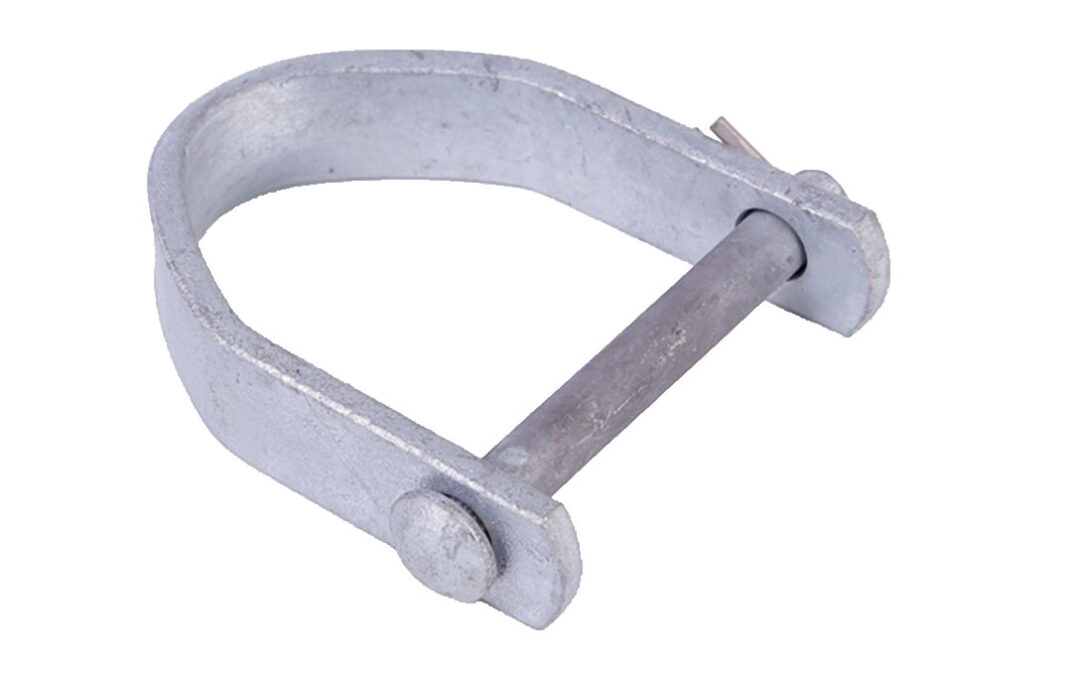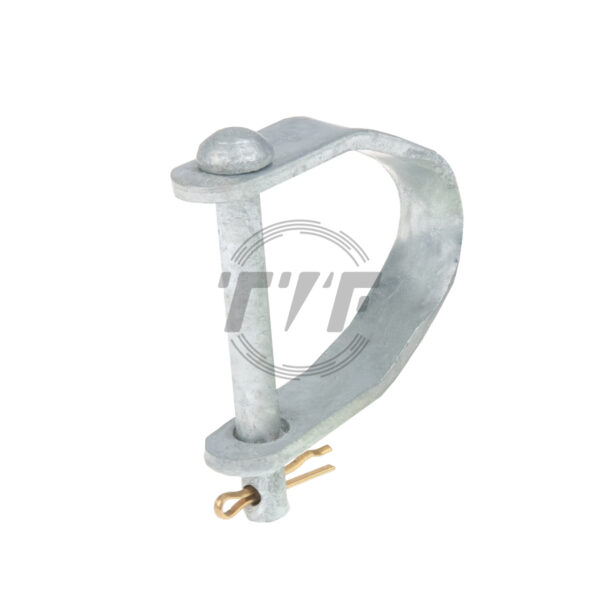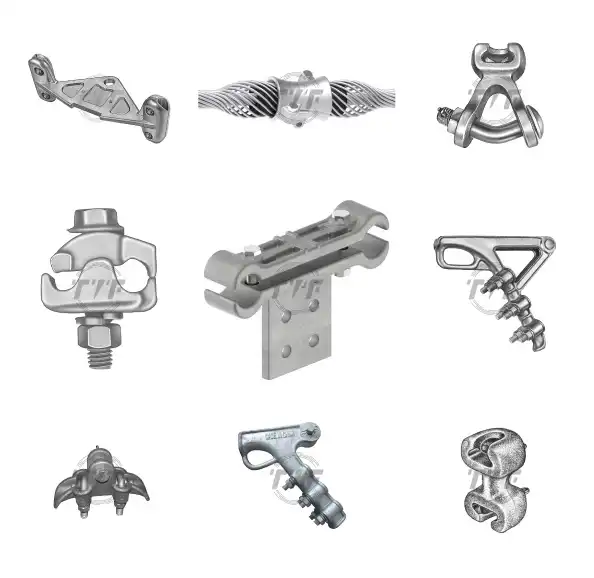A secondary clevis is a durable, high-strength hardware fitting designed for secure attachment of secondary electrical conductors to pole-mounted insulators in overhead power line construction. It is engineered for a load-bearing connection point between the conductor and insulator. The clevis ensures mechanical stability in low-voltage distribution systems. Secondary clevises serve in overhead power construction and secondary distribution systems, which carry lower voltages. Its main role is to connect spool insulators to the power pole, support and secure secondary conductors, and maintain mechanical strength. The spool insulator clevis acts as a mechanical interface between the pole hardware and the spool insulator. It allows the conductor to be properly tensioned and supported while ensuring safe electrical clearance. The secondary clevis functions in low-voltage distribution, urban and rural distribution networks, and service drop connections to buildings.
Galvanized Steel Insulated Secondary Clevis
The Secondary Clevis is a durable, high-strength hardware fitting designed for secure attachment of secondary electrical conductors to pole-mounted insulators in overhead power line construction. Engineered for load-bearing efficiency and corrosion resistance, it provides a reliable connection point between the conductor and insulator, ensuring mechanical stability in low-voltage distribution systems.
Key Features:
- Material: Hot-dip galvanized steel for superior corrosion resistance
- Design: Slotted or solid body to accommodate various insulator types
- Compatibility: Fits standard spool insulators and brackets
- Load Capacity: Rated for high mechanical strength and tension performance
- Ease of Installation: Pre-formed holes for quick bolt-on application
- Standards Compliance: Meets ANSI C135.1 and NEMA requirements
How does a secondary clevis work in overhead power lines?
A secondary clevis ensures proper alignment, support, and connection of low-voltage conductors to pole-mounted insulators. This makes it a crucial mechanical role in the structure of overhead power lines. The clevis bolts to a crossarm or pole bracket on a utility pole to serve as the anchoring hardware for a spool insulator. A spool insulator is placed within the U-shaped clevis, and a bolt passes through the clevis and the center of the insulator to hold it in place. The secondary conductor then wraps around the groove of the spool insulator. The spool insulator clevis absorbs mechanical loads such as tension from the conductor, environmental stress, and thermal expansion. It ensures the forces do not damage the insulator or affect conductor alignment. The clevis contributes to electrical isolation and prevents the conductor from making contact with the grounded structure of the pole.
Why use a secondary clevis?
The secondary clevis is crucial hardware in overhead power distribution systems within the secondary network. Using the clevis ensures safe, efficient, and durable power delivery to homes and businesses. The secondary clevis provides firm mechanical anchoring for spool insulators, which support secondary conductors. It helps manage tension, wind loads, and mechanical vibrations to prevent conductor sag or misalignment. The clevis ensures the conductor maintains proper electrical separation from the pole by holding the spool insulator securely. Using the secondary clevis ensures that the insulators are well positioned to keep the conductors aligned in parallel with the pole structure. It also allows for quick installation and replacement of insulators without dismantling the entire link. The clevises are from hot-dip galvanized steel or malleable iron to provide strong resistance to rust and corrosion.
Key features of the pole line clevis
The secondary clevis securely mounts spool insulators and supports secondary conductors. Its features provide strength, durability, and ease of installation in outdoor electrical distribution systems. It features components such as the clevis frame, insulator pin, mounting hole, spool insulators, and clevis pins. The secondary clevis combines robust construction with functional design. This enables it to hold spool insulators, support mechanical loads from conductors, and maintain electrical clearance. This makes it a reliable fitting in the infrastructure of overhead secondary power lines. The key features include
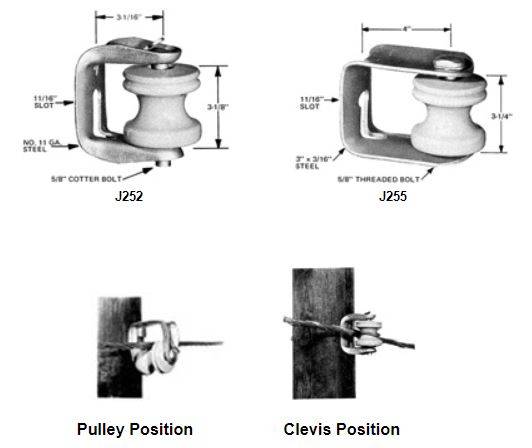
- High mechanical strength—the clevis is able to withstand tensile and mechanical stress from conductor tension, wind loads, and vibrations. This helps the clevis to prevent sagging or shifting of conductors to maintain line stability.
- Corrosion-resistant materials—a secondary clevis is from hot-dip galvanized steel or malleable iron to resist rust and degradation. This ensures long service life in harsh weather conditions and polluted environments.
- U-shaped design—the clevis body is in a U-shaped form to cradle the spool insulator securely. This provides solid support while maintaining flexibility in alignment.
- Pre-drilled mounting holes—these are slots for easy installation with bolts or clevis pins. They enable quick connection to pole brackets, crossarms, or other mounting hardware.
- Insulator compatibility—the clevis is able to accommodate standard spool insulators to ensure proper fit and electrical insulation. It maintains the necessary spacing and clearance for safe low-voltage operation.
- Versatile application—the clevis is suitable for various secondary distribution systems and can serve in both new installations and maintenance retrofits.
Types of secondary clevis
Standard secondary clevis
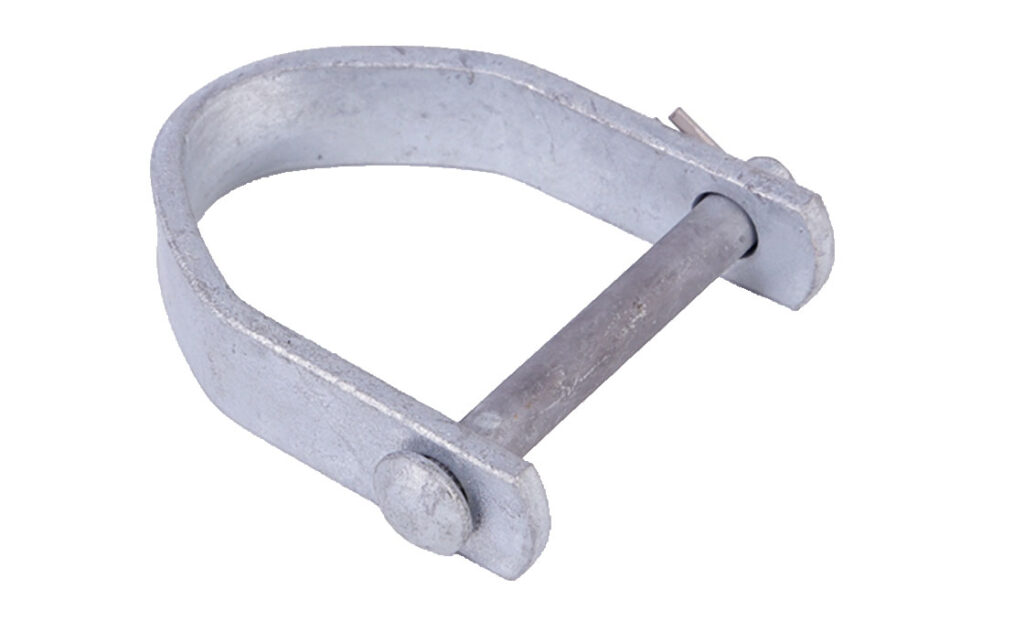
This is the most used type, with a U-shaped body designed to hold a spool insulator. It helps attach spool insulators to pole brackets or crossarms for supporting secondary conductors. It features a pre-drilled hole for bolts or pins and supports vertical or horizontal mounting.
Offset secondary clevis
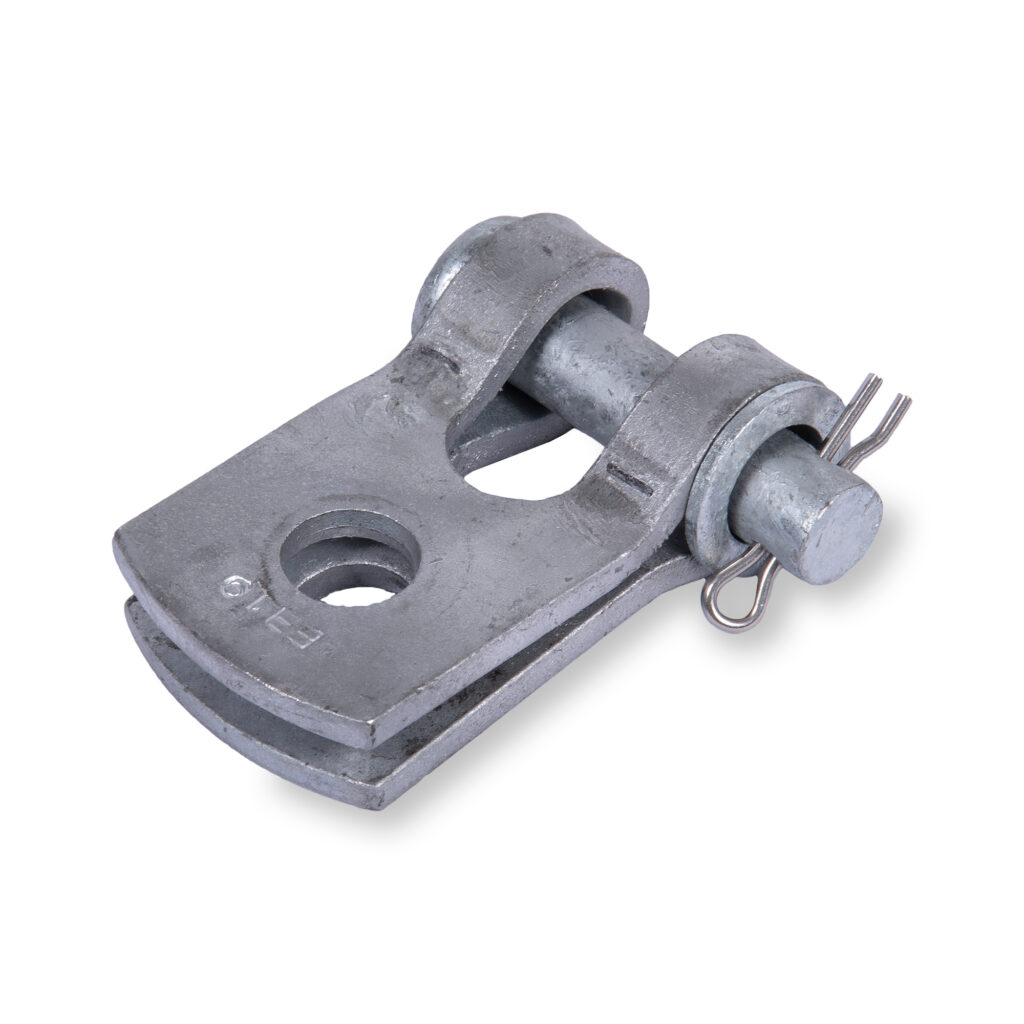
This clevis is similar to the standard clevis but with an offset body to provide extra clearance from the pole. It is ideal where conductors need to spacing from the pole for proper alignment. The offset clevis allows for customized conductor positioning to help prevent mechanical interference.
Slotted secondary clevis
This features a slotted opening for quicker installation of the insulator without complete disassembly. It serves in maintenance operations or assembly. Its features include locking mechanisms or hardware to secure the insulator in the slot.
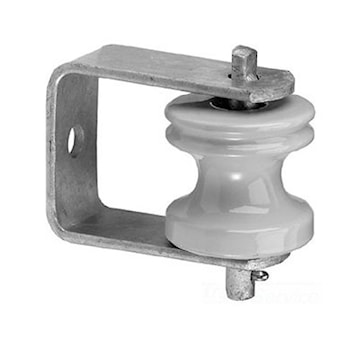
Angle secondary clevis
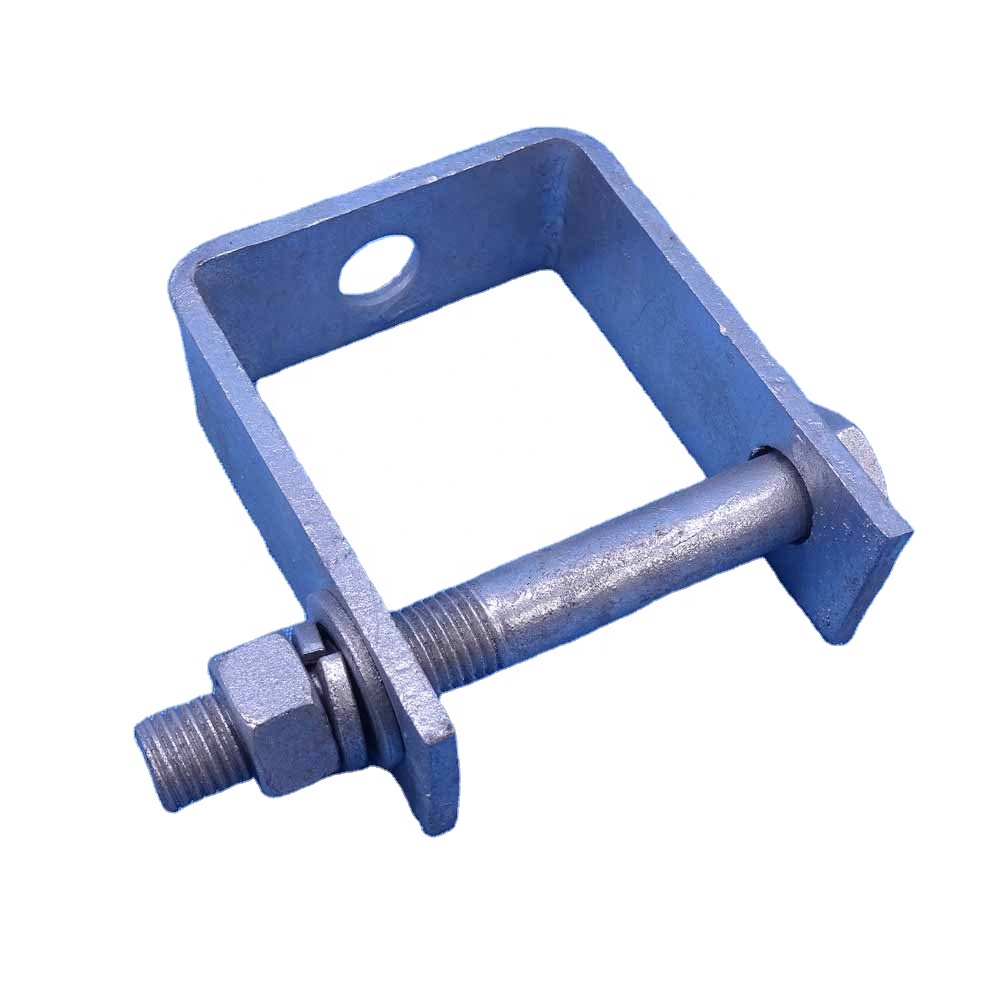
The clevis is able to mount spool insulators at a fixed angle to the pole or crossarm. It is useful when conductors need to be redirected or when lines need to change direction. It helps maintain proper conductor tension and spacing at corner poles.
Double secondary clevis

This is a clevis that supports two spool insulators side-by-side within the same fitting. The clevis reduces hardware clutter and simplifies installation in space-constrained areas. The double clevis functions in parallel conductors that run in compact distribution systems.
Combination clevis

This is a multi-purpose clevis that acts both as a secondary clevis and a guy wire attachment point. It adds mechanical reinforcement while saving on hardware components. It functions on poles where both conductor support and guying are necessary.
Design and material of spool insulator clevis used in overhead power lines
The secondary clevises can handle mechanical support and alignment of spool insulators and secondary conductors. Its design and material composition enable it to withstand the mechanical, electrical, and environmental demands of outdoor utility infrastructure. The design characteristics include the U-shaped frame, pinhole for insulator attachment, mounting slot, variations in shape and size, and lightweightness. Their design enables them to provide mechanical integrity and electrical reliability of distribution systems. The materials commonly used for the clevis include:
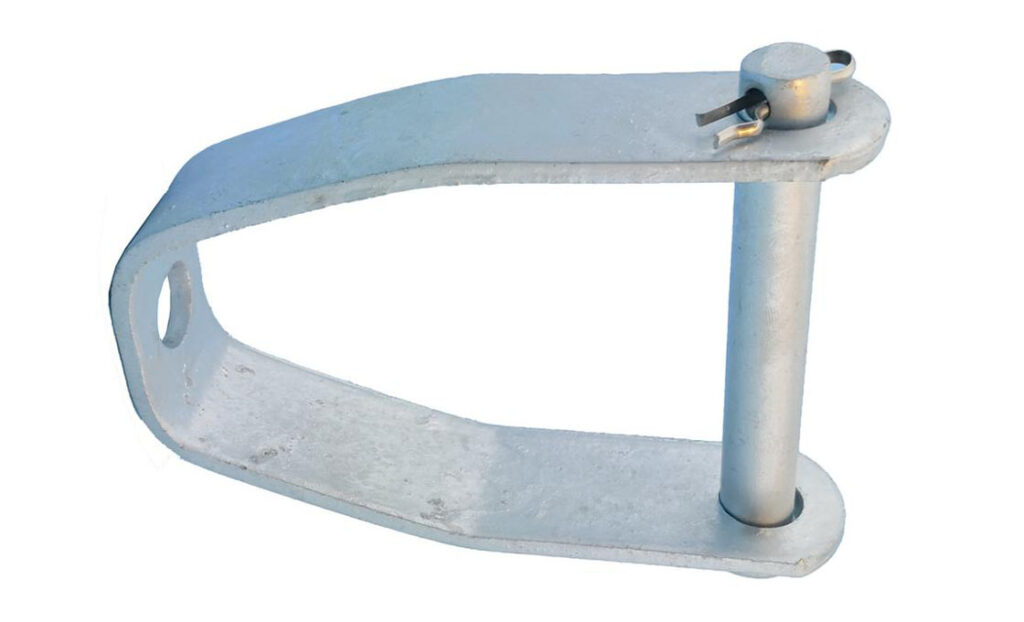
- Hot-dip galvanized steel—this is the most common material for the clevis due to its high tensile strength and excellent corrosion resistance. The hot-dip galvanization forms a protective zinc coating that makes the secondary clevis ideal for harsh weather conditions.
- Malleable iron—this serves in many clevis designs for its ductility and impact resistance. It is also galvanized to prevent rust and surface degradation.
- Forged steel—this is mostly used when higher mechanical loads are expected, especially for corner poles or heavy conductor spans. Forged steel provides superior durability and longer service life.
- Protective finishes—galvanization is the standard finish, but most clevises have powder coatings or painted variants that may serve in extra protection or identification purposes.
Functions of the secondary clevis in overhead power lines and modernization efforts
The secondary clevis is a hardware fitting in overhead power distribution systems in the secondary network. It performs many functions that support traditional infrastructure and evolving modernization efforts in power delivery. Utilities are increasingly modernizing their infrastructure to meet growing energy demands, improve efficiency, and integrate distributed energy resources. Here are the roles of the secondary clevis in overhead power lines and modernization efforts.
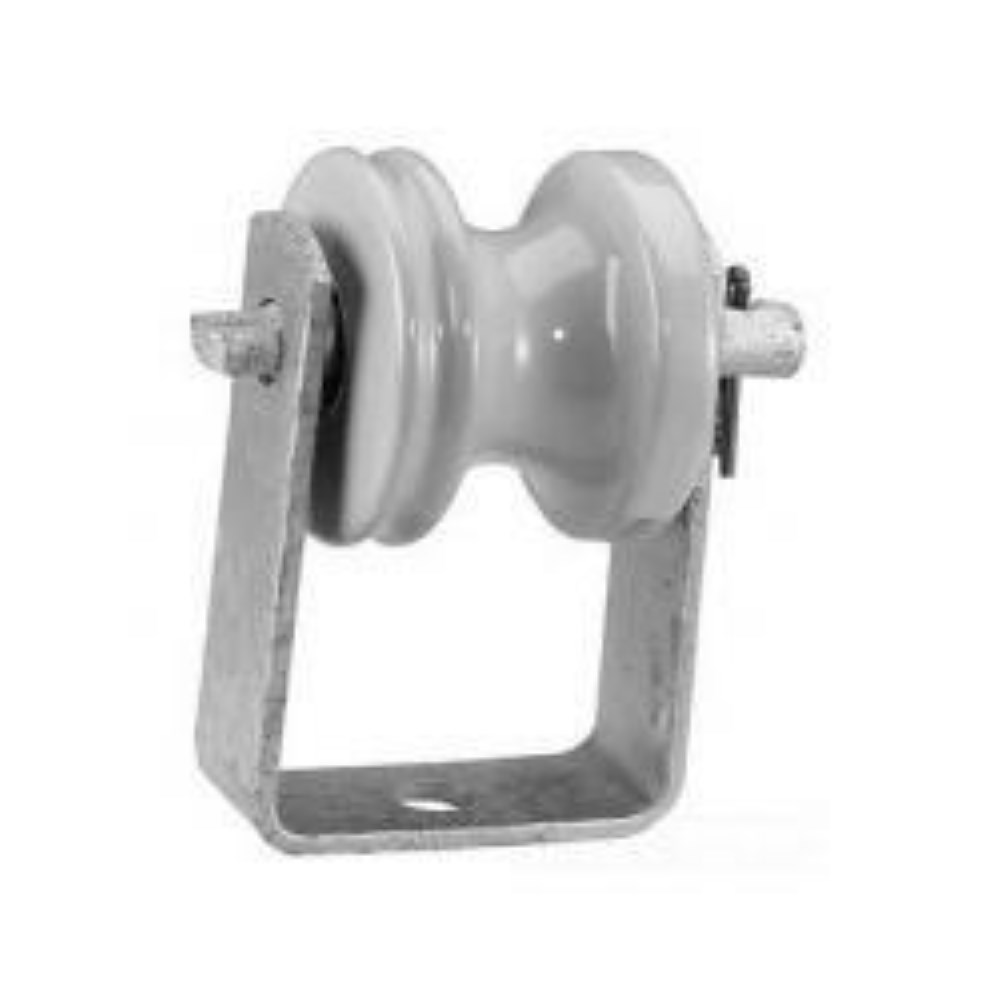
- Mechanical support—the clevis secures spool insulators to poles and provides strong mechanical support for secondary conductors. It bears the tension, weight, and environmental loads acting on the line to ensure the structure remains stable and aligned.
- Conductor positioning and alignment—the secondary clevis ensures correct spacing and directional orientation of conductors. This is crucial for safety, insulation, and system efficiency. It also prevents conductor sagging and reduces the risk of contact between lines.
- Insulator mounting—the pole line clevis acts as a mounting interface for spool insulators, which isolate the conductor from the support structure. It maintains insulation integrity by holding the insulator securely in place under stress.
- Smarter infrastructure—the reliability of the clevis supports the deployment of smart grid sensors, automated switches, and communication lines on existing poles.
- Supporting increased load complexity—there is increasing adoption of solar panels, EV charging stations, and distributed generation. A secondary clevis handles the dynamic loads and ensures stable mechanical support as the systems integrate into the grid.
- Improved material standards—modern clevises have stronger galvanized coatings, lightweight alloys, or anti-corrosion treatments for reduced environmental impacts. These materials ensure reliability and expand the lifespan of the infrastructure.
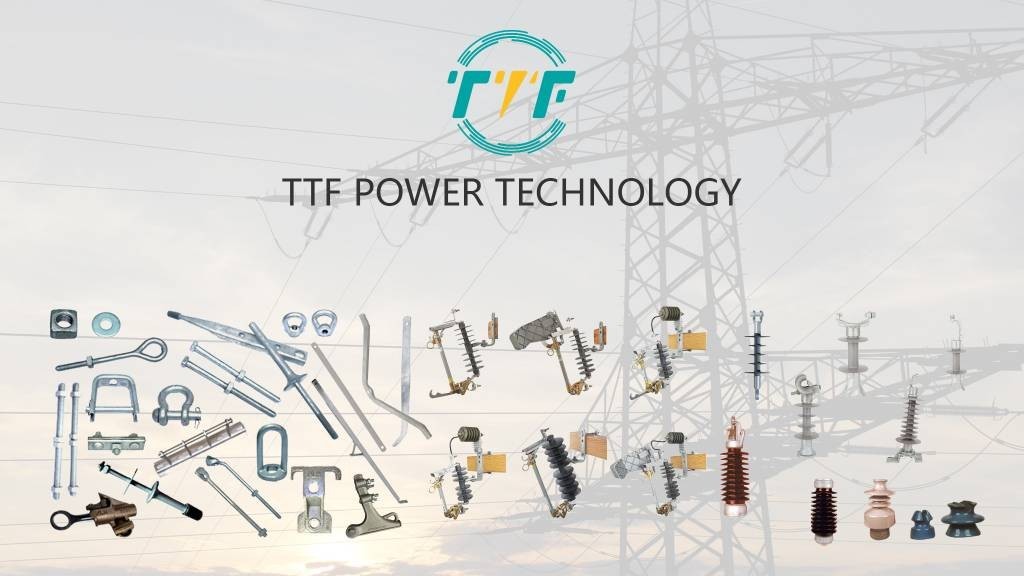
Best practices for the clevises in overhead power lines
The secondary clevis supports insulators and secondary conductors in overhead power distribution systems. Utilities and technicians must follow specific best practices during installation, inspection, and maintenance. This is crucial to ensure reliable, safe, and long-lasting performance. These practices include using the right type of application, ensuring proper material, verifying aligned installation, inspecting for wear and rust, maintaining electrical clearance, following manufacturer and industry standards, and replacing aging components. Following these steps enhances grid reliability and prepares infrastructure for the demands of modern energy delivery.

